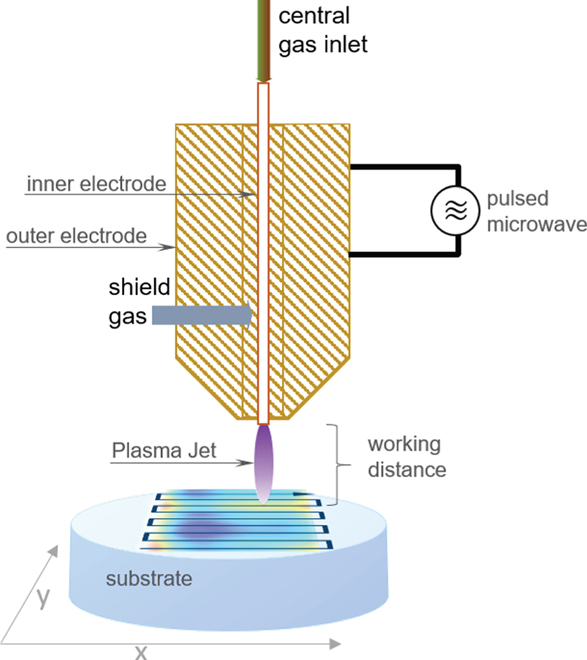Heike Müller, Thomas Waak, Uwe Birnbaum, Georg Böhm, Thomas Arnold. Atmospheric Plasma Jet processing for figure error correction of an optical element made from S-BSL7[J]. Journal of the European Optical Society-Rapid Publications, 2022, 18(1): 2022003
Search by keywords or author
Journals >Journal of the European Optical Society-Rapid Publications >Volume 18 >Issue 1 >Page 2022003 > Article
- Journal of the European Optical Society-Rapid Publications
- Vol. 18, Issue 1, 2022003 (2022)
Abstract
Keywords

Set citation alerts for the article
Please enter your email address



